Differences Between Offense and Defense in Football
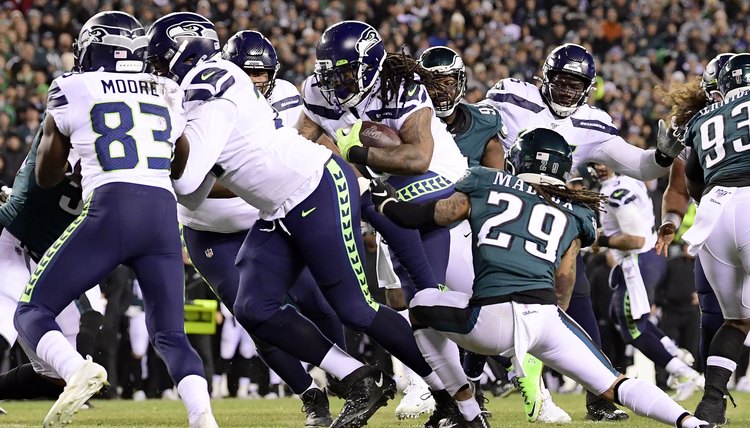
Most competitive sports have separate offensive and defensive components, but few of them focus on the separation of offense and defense as much as American football. Professional football players typically play only offense or defense, though there have been a few NFL players such as Spencer Larsen and Deion Sanders who have played on both sides of the line of scrimmage.
Having an understanding of the differences between football positions on offense and defense can help you to better understand the game as a whole.
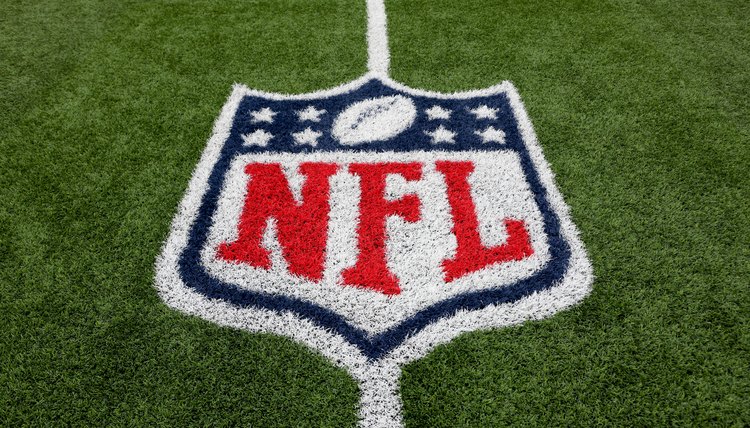
Football Team Makeup
A typical NFL team consists of 53 players divided into three separate groups: offense, defense and special teams. Of those 53 players, 45 are typically placed on the active roster in any game, though a 46th player may be added as a third quarterback for offense.
Two players on the active roster serve as special teams kickers for field goals and punts, while the remaining 43 or 44 positions are divided between offensive and defensive players.
Though the exact number of players in offensive and defensive positions on the active roster may vary slightly from one team to the next in any given game, the division of players on the active roster typically favors an equal or close to equal split between offense and defense. Only 11 players from a team's active roster take the field at a time, regardless of whether they play offense or defense.
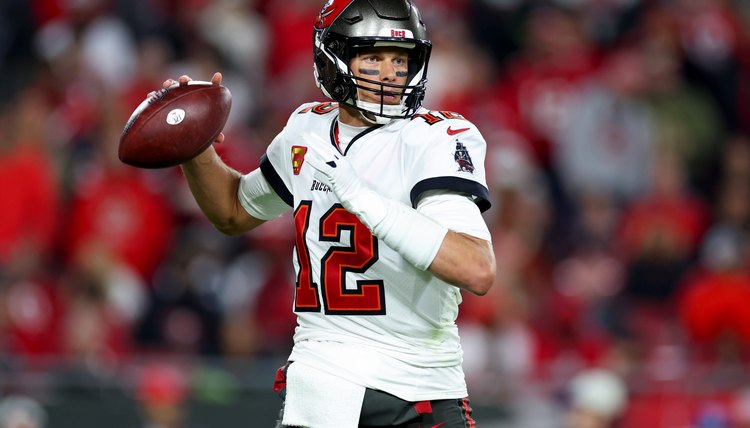
Offensive Positions
Offenses positions include:
- Quarterback
- Running Back
- Fullback
- Wide Receiver
- Tight End
- Center
- Offensive Guard
- Offensive Tackle
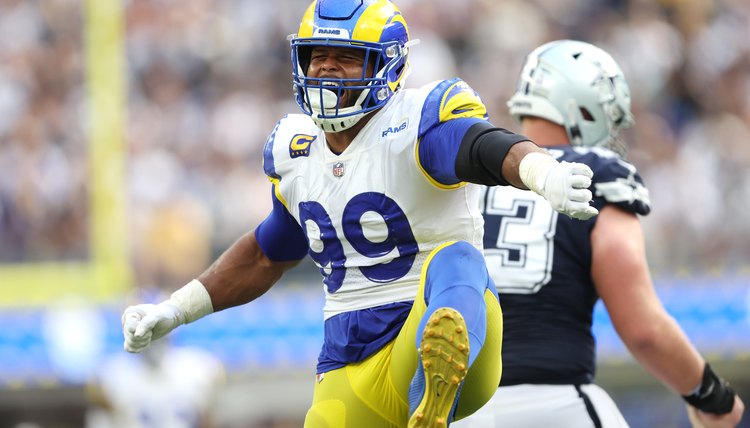
Defensive Positions
Defensive positions include:
- Defensive Tackle
- Defensive End
- Middle Linebacker
- Outside Linebacker
- Cornerback
- Safety
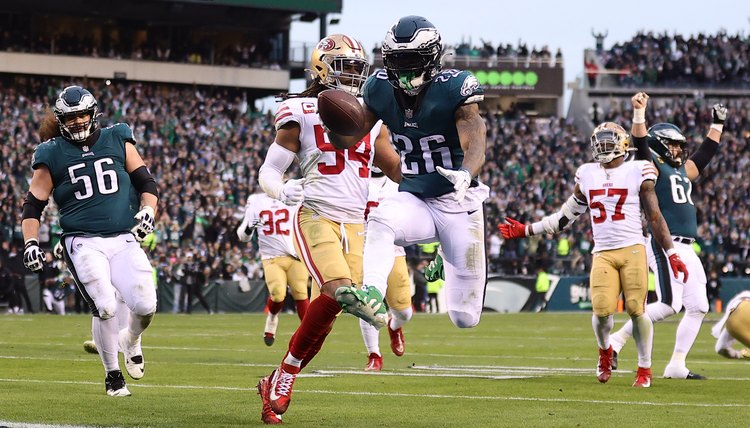
Goals
The goal of both teams in a football game is obviously to score points and win the game, but within a game, the players on both the offensive and defensive teams have different goals that dictate how they play.
Players on offense attempt to move the ball to the end zone through running plays and passing plays, often by advancing a few yards per play and securing first downs to maintain their possession of the ball.
Defensive players attempt to stop the offensive team from scoring and try to gain possession of the ball themselves, either by intercepting passes, recovering fumbled balls or preventing the offense from advancing far enough for a first down.
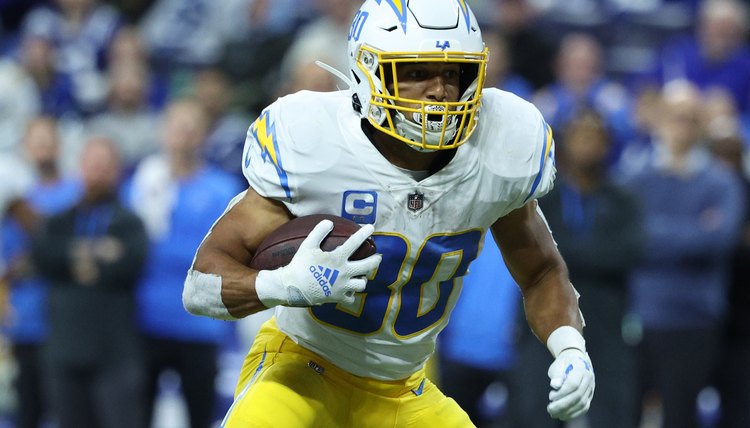
Required Skills
Part of the reason that there are relatively few football players who play both offense and defense is that the two sides of the ball require extremely different skill sets.
Offensive positions typically require more speed, agility and accuracy, and defensive players typically require more strength and power, though this isn't to say that defensive players are slow or that players on the offensive line don't require strength.
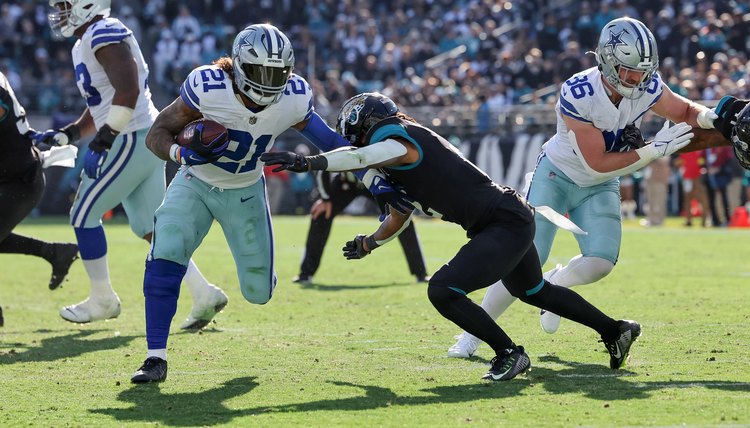
Receivers and running backs need to be quick on their feet and able to make tight turns to outdistance and outmaneuver defensive players, while the quarterback needs a strong and accurate arm for passes. Players on the offensive line need the strength to stop the advance of defensive players trying to reach the quarterback, though this strength is focused more on receiving the impact than tackling or bringing other players down.
Defensive players require both speed and strength, though these attributes are generally focused on immobilizing the offensive linemen and attempting to tackle receivers, running backs and the quarterback; this isn't to say that certain defensive players such as defensive backs, safeties and outside linebackers don't require speed to cover wide receivers and running backs and agility to make interceptions.
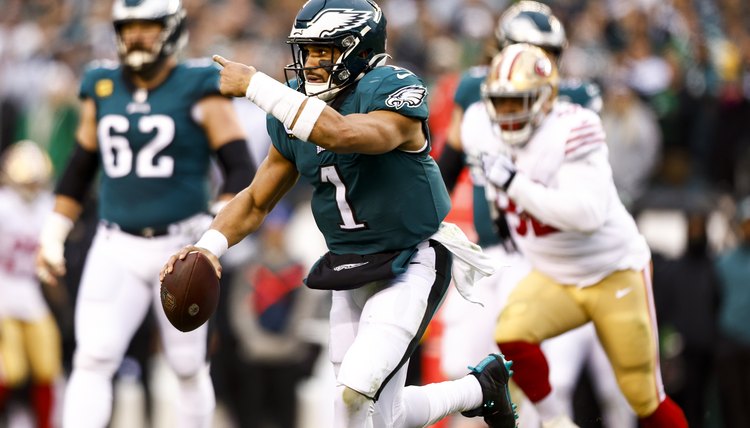
Teamwork
Though teamwork is important in any team sport, the way that players work together is different depending on whether the players are on offense or defense. Offensive players work together to move the football down the field, with three separate players handling the ball from the start of the play in most cases, and other team members acting as blockers to keep the opposing team’s defensive players away from the ball carrier.
Defensive players work together as well, but with a more single-minded focus on stopping the ball; while players on the offense work together based on established plays, defensive players are more reactionary and focus their efforts on adapting to the other team's strategies. Players on defense are more likely to act individually than offensive players are, though they do follow set plays, take input from the middle linebacker and provide assistance to other defensive players trying to take down the ball carrier.

Plays
Both offense and defense use a number of coordinated plays against each other in hopes of accomplishing their goals on the field.
Offensive plays such as the off tackle, end-around, dump off and screen pass seek to get the ball past the defensive line by passing or running in hopes of making a first down or touchdown.
Defensive plays such as blitzes, 3-4 alignment, 4-3 alignment and cover 2 coordinate the defensive players against the offense in hopes of finding and exploiting weaknesses in the offensive line or anticipating offensive maneuvers to increase the likelihood of blocks and interceptions.
Quarterbacks and middle linebackers watch the setup of the opposite line for clues as to the plays they plan to run, adjusting their own plays in hopes of overcoming the opposition and either moving the ball down field or stopping the ball in its tracks.
